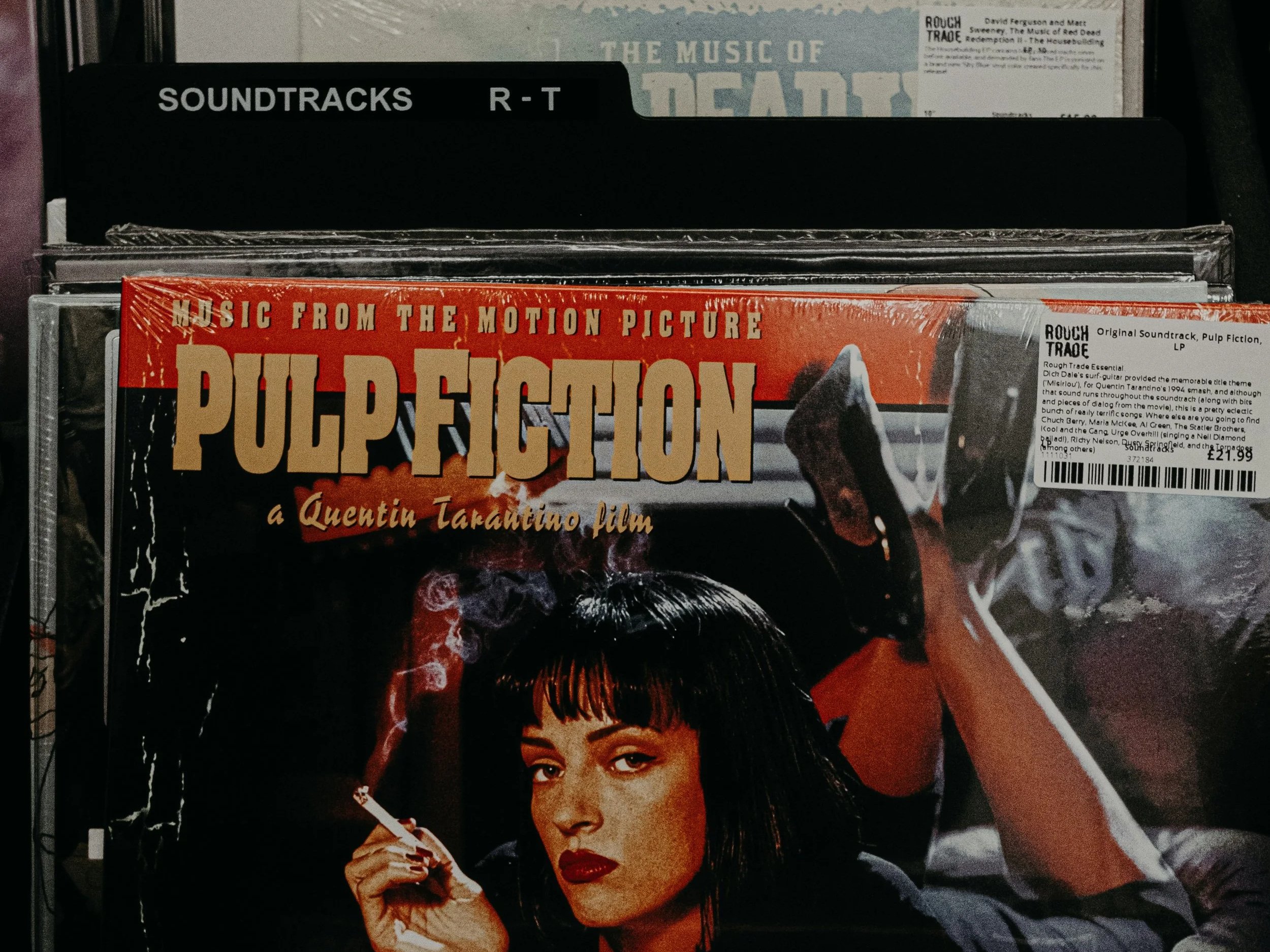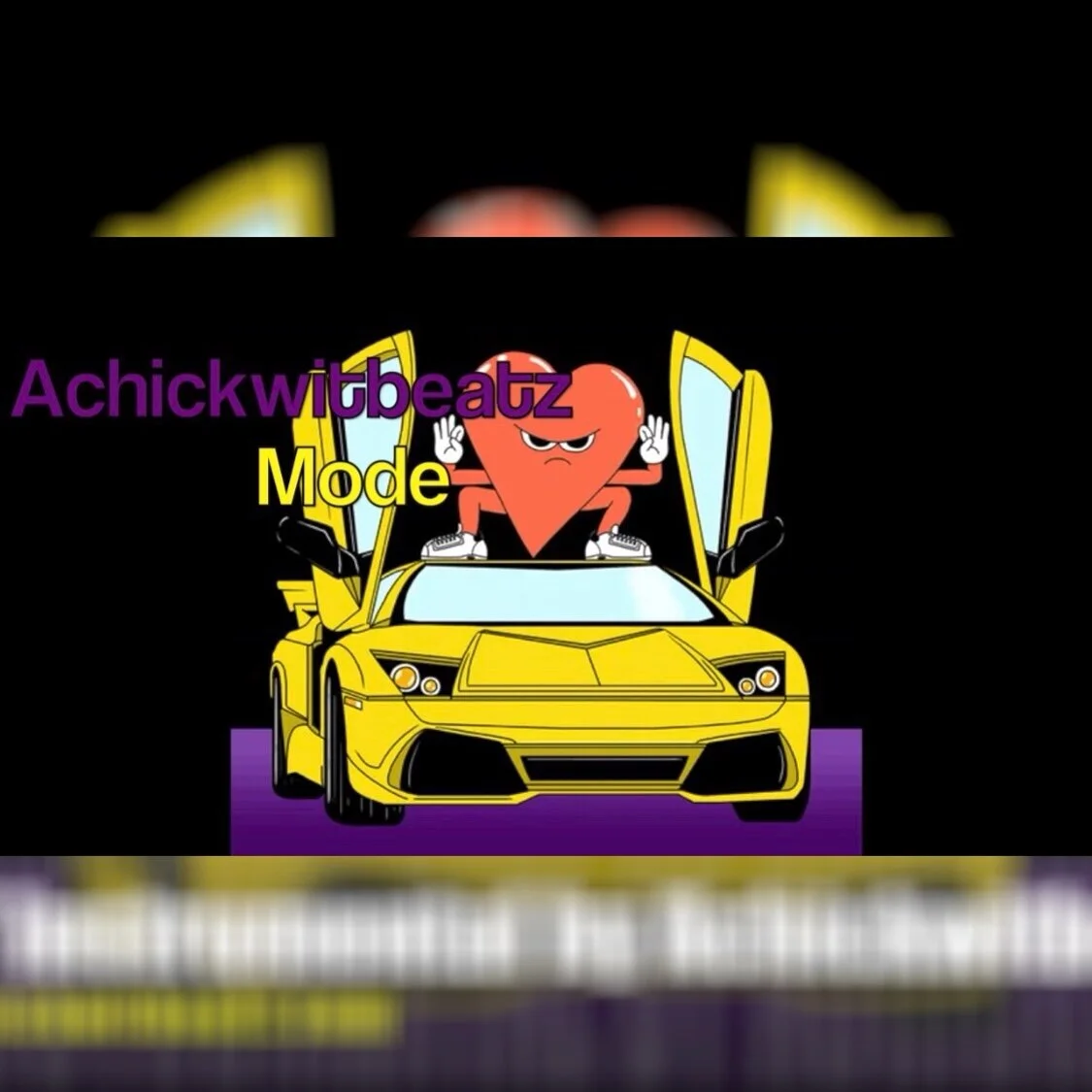Selecting the right digital music distributor is one of the most important decisions an independent artist can make. A distributor is essentially the bridge between your recordings and the expansive ecosystem of streaming platforms, online stores, and sometimes sync licensing opportunities. This decision is important because the distributor you choose impacts your reach, revenue, rights management, and overall control.
I’ve been researching music distribution options for independent musicians, both for my own releases and for other artists who need help navigating the choices. I’ve found that making an informed choice involves digging deeper than popularity to consider key decision criteria, weighing practical trade-offs, and aligning those with your career goals.
Why Choosing the Right Music Distributor Matters
Photo by benjamin lehman on Unsplash
At first glance, many people think a music distributor is simply a delivery service, but it’s actually deeper than that. The distributor you work with can affect:
Availability on platforms: Not all distributors partner with every streaming service or digital store globally. Some focus on broad reach; others specialize in niche or emerging markets.
Timing of releases: Distribution speed can vary. Some services push your music live within days, others take weeks. This impacts your marketing calendar and ability to capitalize on momentum.
Payment flow and transparency: Your income depends on the royalty collection, payout frequency, and reporting clarity. Hidden fees or delayed payments can disrupt your cash flow.
Control over your music: Retaining ownership of your masters, metadata accuracy, and the ability to update or remove your releases are essential for long-term career flexibility.
Additional tools and opportunities: Some distributors offer extras like playlist pitching, sync licensing portals, or marketing resources that can accelerate growth, but these come at a cost.
Making the wrong decision can limit your earning potential, delay your releases, or reduce your control, all issues that can cost you both financially and creatively.
Step 1: Clarify Your Music Distribution Goals and Needs
Photo by LOGAN WEAVER | @LGNWVR on Unsplash
Before comparing digital music distribution services, consider your goals to get a clear picture of your priorities. These include:
Target audience and territories: Are you aiming for a global audience or specific countries? Some distributors have stronger presence or better terms in certain regions. For example, a distributor with robust Asian market connections might be essential if you want to grow there.
Formats required: Digital-only releases are standard, but if you plan to sell physical formats (CDs, vinyl), check if the distributor supports physical distribution or partners with fulfillment services.
Release frequency: If you release multiple singles or albums a year, a subscription model might be more cost-effective than paying per release. Conversely, sporadic releases may favor per-release pricing.
Need for additional services: Features like YouTube Content ID, playlist pitching, or sync licensing can be valuable but vary widely in quality and availability. Assess if these align with your strategy or if a standalone service might serve you better.
Knowing your priorities prevents you from paying for unnecessary extras and overspending on features you don’t need.
Step 2: Evaluate Pricing Models in Relation to Your Budget and Release Plan
Music distributors typically follow one of three pricing structures:
Annual Subscription: You pay a flat fee yearly to upload unlimited music. This suits prolific artists or labels. However, if you pause releasing, you still pay to keep your catalog active.
Per-Release Fee: Pay once per album or single to distribute indefinitely. This model avoids recurring costs but can add up with frequent releases. Some distributors charge optional annual fees to maintain releases.
Commission-Based: No upfront fees, but the distributor takes a percentage (typically 10–15%) of your royalties. This lowers the initial cost but reduces your total earnings.
When choosing a digital music distributor, consider your release frequency and long-term budget. If you release once a year, a per-release fee might be cheaper; if you release monthly, subscriptions could save you money. Understanding your release cadence and finances will help you pick the most sustainable option.
Step 3: Analyze Royalty Policies: Collection, Payout Frequency, and Transparency
Photo by Andrew Dawes on Unsplash
Royalty handling can make a big difference to your cash flow. Getting paid accurately and on time is crucial. Consider:
Royalty payment frequency varies. Some distributors pay monthly, others quarterly, or only after reaching a minimum payout threshold (often $50 or $100). Delays or high thresholds can create cash flow challenges.
Payment methods include bank transfers, PayPal, wire payments, or even checks. Verify which are available and whether any carry fees or delays, especially for international artists.
Currency handling is important if your royalties are collected in multiple currencies. Some distributors charge fees to convert earnings into your preferred currency.
Reporting transparency means you should be able to access clear, detailed royalty reports breaking down earnings by platform, country, and time period. This is essential for auditing and understanding where your revenue comes from.
Poor royalty management is a common complaint among artists and can damage trust. Always read the fine print and artist feedback about payment reliability.
Step 4: Confirm Your Rights and Metadata Are Fully Controlled
Photo by Andrew Dawes on Unsplash
Owning and controlling your music matters. Examine:
Rights ownership: Your agreement should explicitly state that you keep 100% of your master rights. The distributor acts only as your agent for delivering your music.
Metadata control: Accurate metadata (song titles, contributor credits, ISRC codes) ensures everyone involved is correctly credited and compensated. Mistakes here can delay payments or misattribute works.
Ability to remove or update releases: You need flexibility to withdraw your music or correct metadata errors without penalty or delay. Some distributors lock you in or make changes difficult.
Strong metadata management is often overlooked but fundamental for royalty accuracy and future licensing deals.
Step 5: Research Customer Service Responsiveness and Support Quality
Photo by Petr Macháček on Unsplash
Customer support is often overlooked until you actually need it. When a release runs into trouble, slow or unhelpful service can cause costly delays. From my research, the key is to proactively assess support before committing to a distributor:
Initial responsiveness: Reach out with pre-sale questions about fees, features, or policies. A distributor’s willingness and speed to answer can signal how they treat artists long-term. Some distributors offer live chat or phone support; others only email tickets. If quick answers matter to you, test these channels early.
Ongoing support access: Once you’re signed up, try contacting support with non-urgent questions to gauge thoroughness and turnaround time. Many artists report frustration with automated responses or slow ticket resolution, so knowing this upfront lets you plan contingencies.
Educational resources: Good distributors provide detailed help centers, tutorials, and community forums. These can reduce your reliance on direct support and empower you to solve problems independently. Lack of solid resources could mean you’ll spend more time stuck.
Problem resolution track record: Look for artist feedback about how distributors handle payment errors, metadata corrections, or release delays. A responsive team will answer and actively resolve issues and communicate progress.
Choosing a distributor with reliable, accessible support minimizes risks and smooths your music release process.
Step 6: Carefully Assess Additional Features and Tools
Photo by Heleno Kaizer on Unsplash
Many distributors advertise bonus services and extras to differentiate themselves, but these perks should be evaluated based on your unique needs and career stage:
Playlist pitching portals: Some distributors offer built-in playlist pitching, but success rates vary widely. These platforms often have limited curator networks or charge extra fees. If playlisting is a priority, also consider independent pitching services or building direct relationships with curators.
YouTube Content ID: Monetizing YouTube views through Content ID can be lucrative if your music is frequently used in videos. Verify whether the distributor’s service extends to global claims, and if they take any cut beyond standard fees.
Sync licensing marketplaces: Access to sync opportunities (film, TV, ads, games) is appealing, but the quality and volume of leads can differ greatly. Be cautious of distributors requiring exclusivity or high commissions in exchange for sync placement. Sometimes, dedicated sync agencies or platforms offer better focus.
Marketing and analytics tools: Some distributors bundle dashboards with streaming analytics, social media integrations, or marketing credits. These can help independent artists make data-driven decisions, but aren’t always essential, especially early on.
Before paying extra or prioritizing distributors for these features, map them against your current resources and goals. Sometimes, standalone or specialized services serve you better than bundled extras. Extras are only valuable if they fit your strategy. Don’t pay more for features you’ll never use.
Step 7: Leverage Artist Reviews and Community Feedback for Real Insights
Photo by Brett Jordan on Unsplash
One of the most valuable parts of my research has been hearing from artists who have lived through the distributor experience:
Search multiple sources: Forums like Reddit’s r/WeAreTheMusicMakers, Facebook groups for indie musicians, and music industry blogs regularly discuss distribution experiences. Recent and detailed posts tend to be most reliable.
Look for patterns: Pay special attention to recurring praises or complaints, especially about royalties, payout timing, and customer service. A single negative comment might be an outlier; consistent reports indicate systemic issues.
Consider your specific situation: An artist with a similar release schedule, genre, or market as you may share feedback that’s especially relevant.
Beware of outdated or sponsored reviews: The music distribution landscape evolves fast. Some reviews may be old or incentivized, so cross-check with multiple sources.
Community feedback supplements official info and helps you avoid surprises.
Key Takeaway: Align Your Distribution Choice with Your Career Strategy
Ultimately, choosing a digital music distributor boils down to matching a service to your needs regardless of popularity. It should be a partnership that supports your music’s reach, your revenue’s reliability, and your creative freedom.
Focus on these core priorities:
Transparent and timely royalty payments with clear reporting
Ownership of your masters and full metadata control
Pricing aligned with your release cadence and budget
Responsive and helpful customer support
Features that genuinely add value to your specific goals
Taking the time to research and weigh these factors carefully can help independent artists avoid costly mistakes, streamline releases, and support your long-term career growth.
- Art
- Independent Labels
- Internet Radio
- Music Documentaries
- Album Reviews
- Music History
- Music Industry News
- Free Game Friday
- Free Downloads
- Poetry
- Books
- Interviews
- Did You See It?!
- Hip Hop History
- Hear Here
- Music News
- Hip Hop Documentaries
- Music Marvels Radio Show
- Think Piece Thursday
- Mini Documentaries
- Instrumental Intel
- Music Humor
- Indie Analysis
- Conversations & Quotables
- Music
- Resources for Artists
- Podcasts
- Beats/Instrumentals
- Music Education





























![Hear Here: Achickwitbeatz - Dopamine & Serotonin [Single]](https://images.squarespace-cdn.com/content/v1/52b0b90ae4b0293bfed0d692/1710852808557-EZYGFDIBHLBSIRFOVS1Q/Dopamine+%26+Serotonin.JPG)






